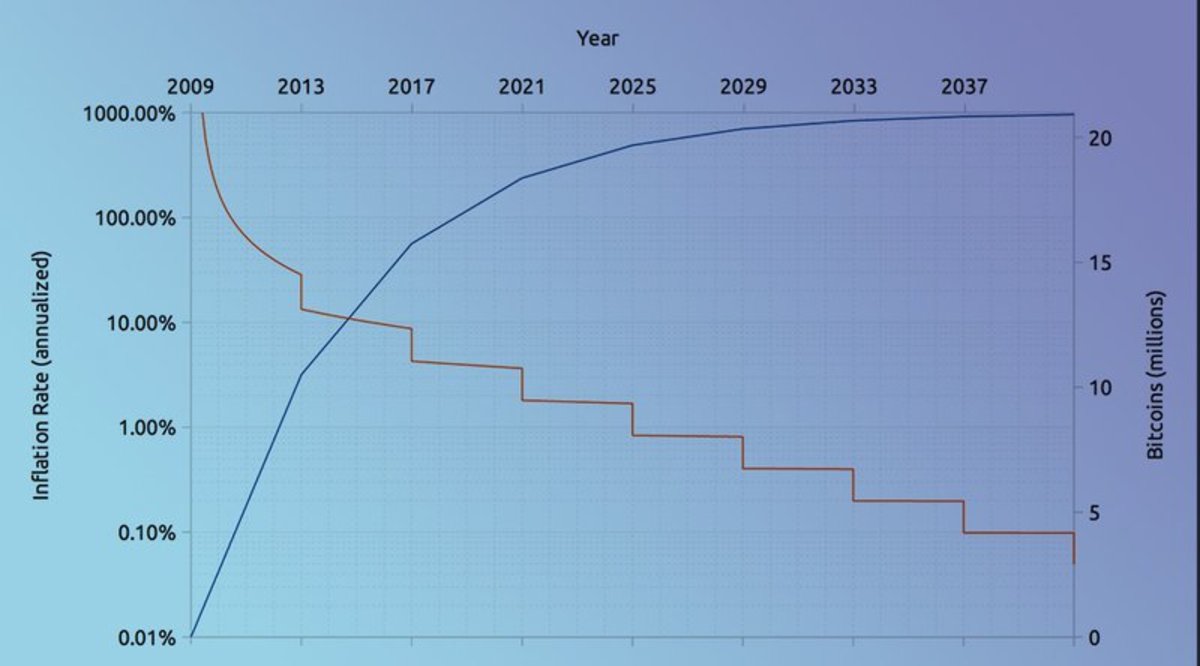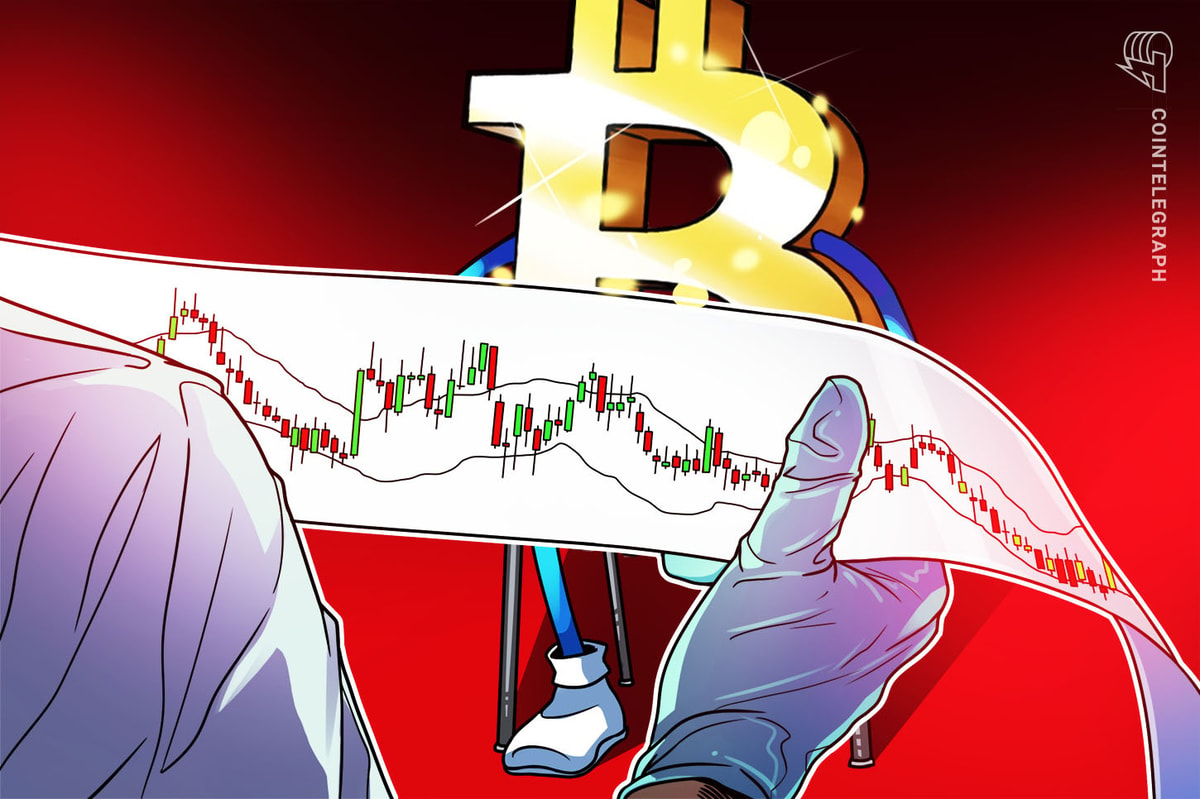The first ever Kaiko report explores happenings in the Bitcoin space between December 2015 - May 2016.
The report that was released in June aims to analyse Bitcoin markets and their evolution. What is clear from the findings of Kaiko is that Bitcoin trading is maturing over time. We have seen in the past months that exchanges have been able to raise interest and capital. Exchanges have also started becoming more regulated.
Exchanges comparison
As Bitcoin trading becomes more mature, it is becoming increasingly important to know how Bitcoin exchanges are faring.
The report states:
“This exchange ranking takes both traded volume and available liquidity into account. “Traded volume” is the amount of Bitcoins actually traded on the exchange whereas “available liquidity” represents the amount of Bitcoins one can theoretically trade without impacting the Bitcoin price more than 1%. It is measured as market depth at ±1% of the mid price.”
Volumes Traded
If we look at the volumes traded we can definitely see that Bitfinex is the most active of all exchanges that has been compared in the Kaiko report. Huobi is the second by volumes traded and Kraken saw the least amount of volumes traded in the period between December 2015-May 2016.
Volume Traded

Available Liquidity
In terms of available liquidity Bitfinex has maintained an edge over all others in most years. Whereas Kraken, which fared relatively poorly in January and February of 2016, has improved its available liquidity and now ranks at No. 4.
Gemini too find itself in a similar position and now stands at no. 5 from being the exchange with the least available liquidity in December 2015. Huobi on the other hand has seen its available liquidity decline from No. 6 to No. 9 in the same period.
Available Liquidity

Kaiko Bitcoin Price Index
According to Kaiko, Kaiko Bitcoin Price Index is a weighted average of its member exchanges' prices. The weights are computed as 30% of volume and 70% of liquidity.
The chart below compares exchanges according to their weights in their index. The index lays more importance on liquidity especially because of the uncertainty in BTC-CNY volumes. BTC-CNY volumes need to be taken into account because they dwarf BTC-USD and BTC-EUR volumes. However, on comparison of liquidities these pairs are all similar. Using such an index may thus present a truer picture of what is going on with major Bitcoin exchanges.
Kaiko Bitcoin Price Index: 30 per cent volume and 70 per cent liquidity

What is clear from the findings of Kaiko and also the rankings of these exchanges is that Bitcoin trading is maturing over time. However, there is a caveat, high volumes do not mean liquidity. We have seen in the past months that exchanges have been able to raise interest and capital. Exchanges have also started becoming more regulated as in Japan, EU and US try to take stock of virtual currency space. It will be interesting to watch how the Bitcoin trading space evolves over time and how exchanges grow in terms of volumes and liquidity.
Bitcoin liquidity remains an issue which will be addressed in our second publication on this report.
The Kaiko Bitcoin and Ethereum Market Report #1 June 2016 in full is available here.









